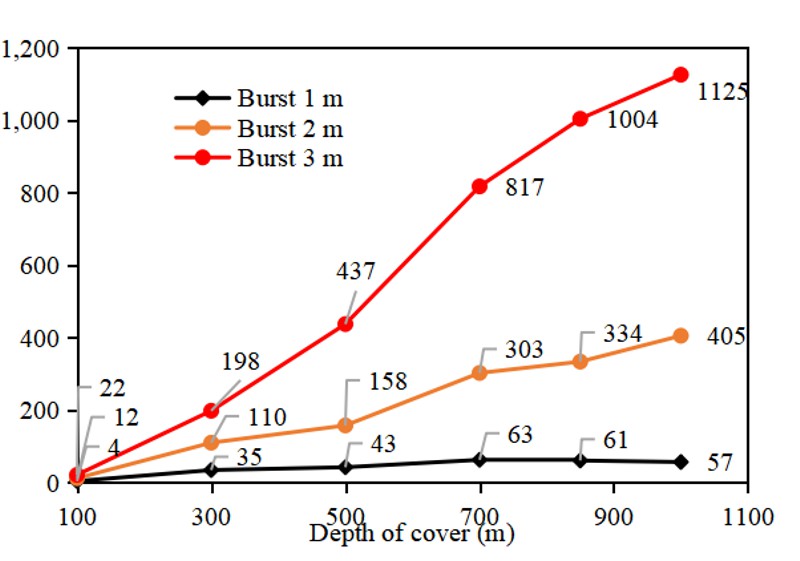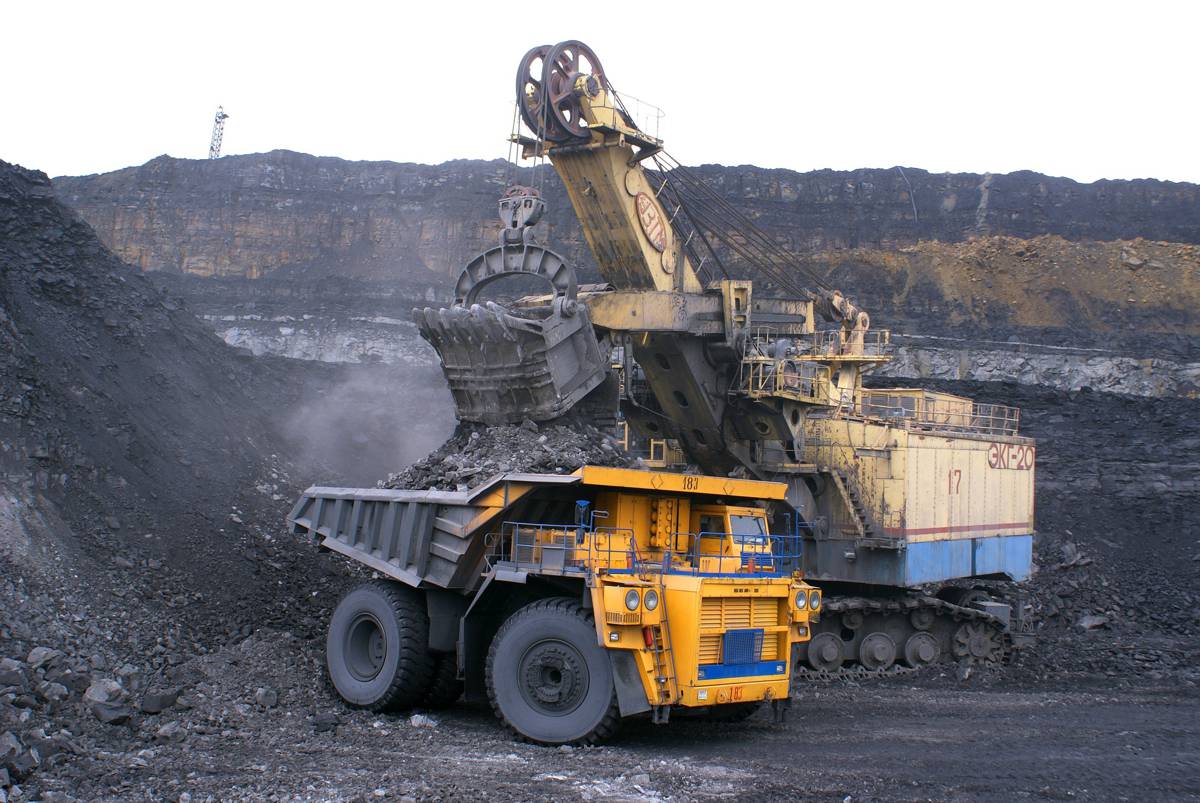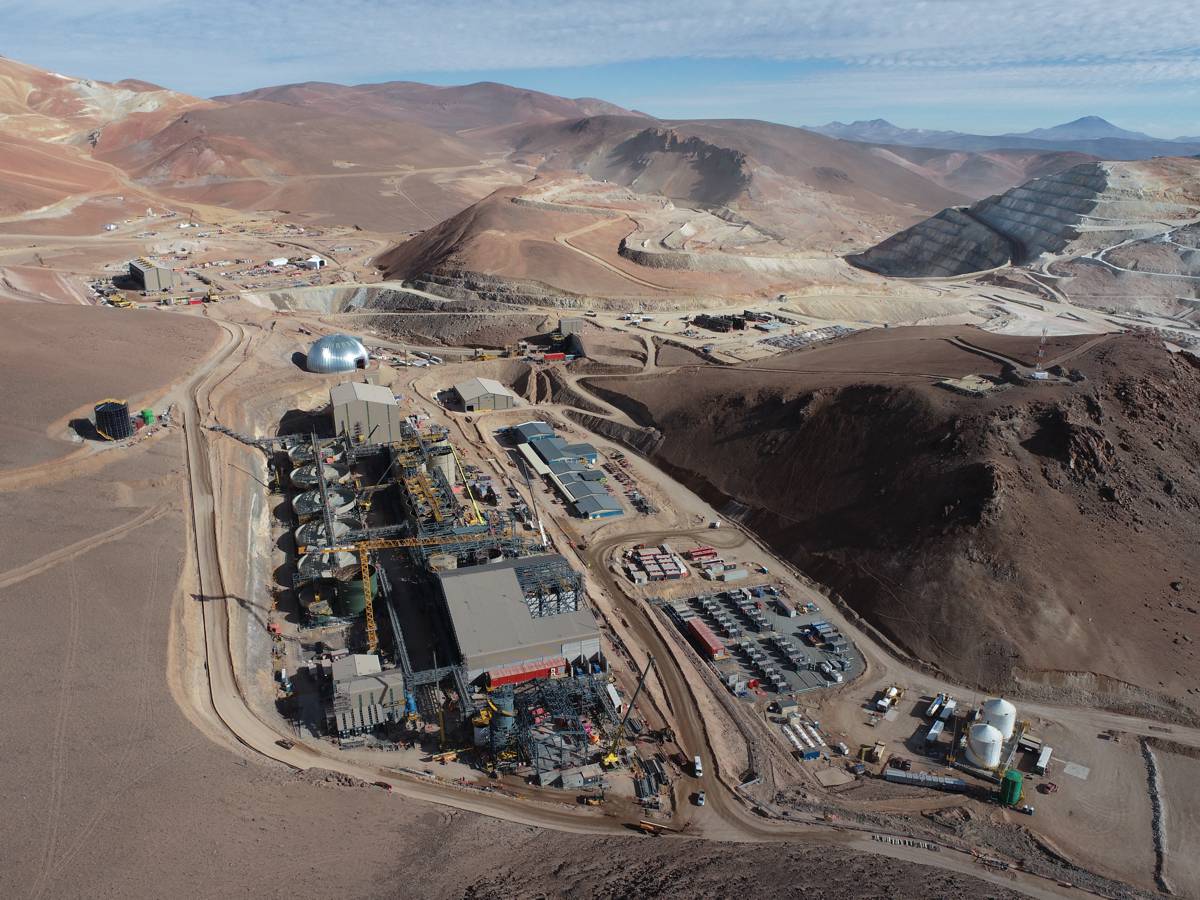Quantifying Coal Burst and catastrophic Dynamic Rock Failure
Catastrophic dynamic rock failure, commonly known as rock or coal burst, presents one of the most challenging problems in civil tunnelling and mining.
This phenomenon is typically triggered by a volatile and uncontrolled energy release from within an overstressed rock mass or coal seam during the mining process. While coal bursts occur as a result of intricate interactions among numerous factors, a major aspect of the burst mechanism is closely tied to the processes of energy storage and subsequent release.
In a new study published in Geohazard Mechanics, a team of researchers from the School of Minerals and Energy Resources Engineering at the University of New South Wales conducted a review on the potential sources of energy that could trigger a coal burst. They identified two primary sources: the strain and potential energy stored in the coal mass surrounding the excavations, and the seismic energy radiated due to geological discontinuities.
“Coal burst events are relatively rare in the Australian coal industry; however, their occurrence appears to be increasing, particularly in deeper mines,” says Ismet Canbulat, senior author of the study. “The industry’s understanding of these events is mostly qualitative, relying on international experiences that may not always align with conditions in Australia.”
In the study, the researchers used current analytical and computational methodologies to determine the energy magnitude required to trigger a coal burst, taking into consideration a variety of energy sources and their respective release mechanisms.
Further, the concept of energy balance was applied to calculate the seismic energy radiated during the mining process and the kinetic energy of ejected rock or coal for a given burst scenario. The proposed energy-based approach can assist in assessing coal burst hazards within diverse geological and mining domains.
“Our results allow for a quantitative risk assessment of coal burst hazards under various mining conditions,” adds Canbulat.
















